Planning your first international trip can feel like standing at the base of a mountain, looking up at an impossibly steep climb. The combination of excitement and anxiety is completely normal—after all, you’re venturing into unfamiliar territory. The good news is that with thoughtful preparation, your overseas adventure can be one of the most rewarding experiences of your life. This guide will walk you through each step of planning your international journey, from the initial dreaming phase to finally stepping off the plane in your destination, all while keeping overwhelm at bay.
Start with Your Why: Defining Your Travel Purpose

Before diving into the logistics, take time to clarify why you want to travel internationally. Are you seeking cultural immersion, adventure activities, relaxation on pristine beaches, or perhaps a combination of experiences? Understanding your motivation helps narrow down suitable destinations and creates a foundation for all subsequent planning decisions. Your “why” will also serve as a compass when you face the inevitable decision fatigue that comes with planning. When you find yourself overwhelmed by choices, returning to your core purpose can help simplify decisions and keep your planning aligned with what truly matters to you. Additionally, articulating your travel goals will help you communicate your expectations if you’re traveling with companions, ensuring everyone is on the same page from the start.
Choose Your Destination Wisely: Beginner-Friendly Options
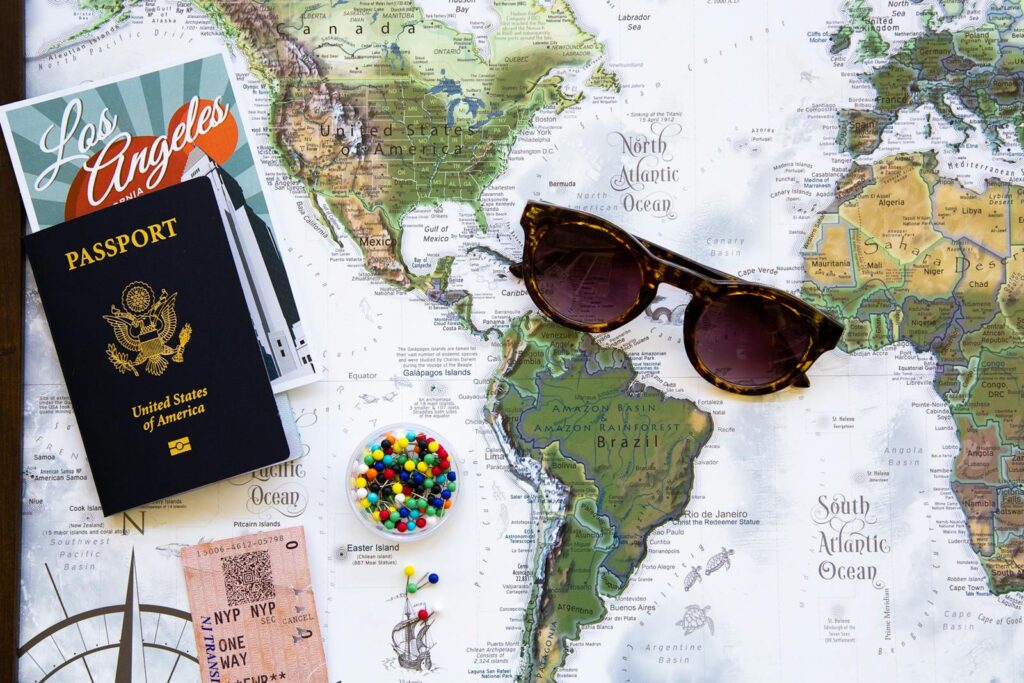
For first-time international travelers, some destinations offer gentler learning curves than others. Countries where English is widely spoken, tourism infrastructure is well-developed, and safety concerns are minimal often make excellent first-time destinations. Places like Ireland, New Zealand, Canada, Singapore, and many parts of Scandinavia provide rich cultural experiences without the communication barriers that might add stress to your journey. Consider factors such as travel advisories, typical weather during your planned travel time, and how comfortable you are with cultural differences. Remember that a shorter flight for your first international experience might also reduce travel fatigue, allowing you to enjoy your destination from day one. If you’re concerned about culture shock, consider destinations that share some similarities with your home country while still offering the international experience you crave.
Set a Realistic Budget: Financial Planning for Peace of Mind

One of the biggest sources of travel anxiety is financial uncertainty, making a thorough budget essential for peace of mind. Begin by researching the typical costs in your chosen destination for accommodations, meals, transportation, and activities. Create categories for pre-trip expenses (passports, visas, vaccinations, gear), transportation costs (flights, trains, local transit), daily expenses (accommodation, food, activities), and an emergency fund of at least 10-15% of your total budget. Use budgeting apps like Trail Wallet or TripCoin to track expenses as you plan and while traveling. Remember that traveling doesn’t have to break the bank—many experienced travelers recommend prioritizing spending on experiences that matter most to you while economizing in other areas. Setting a clear budget before you go prevents the stress of financial surprises and allows you to enjoy your trip knowing your spending aligns with your means.
Master the Timeline: When to Book What
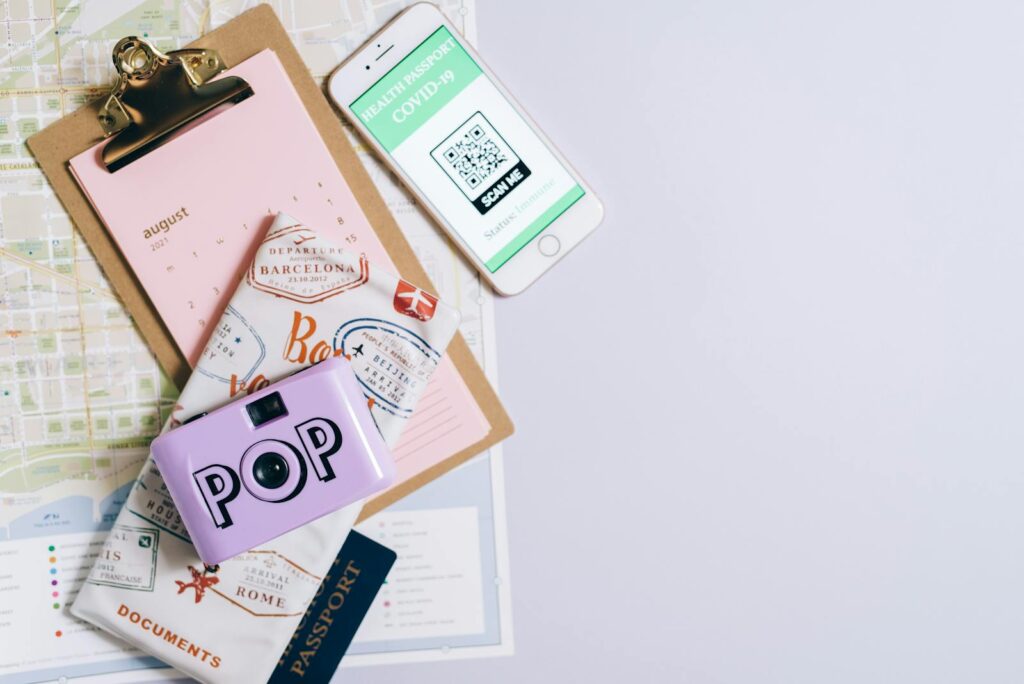
Creating a planning timeline removes much of the pressure associated with international travel preparation. Ideally, start planning 6-12 months before departure, especially if you’re traveling during high season or to popular destinations. Secure your passport immediately if you don’t have one, as processing can take several months. Book flights 3-6 months in advance for the best combination of availability and reasonable prices, while accommodations should generally be secured 2-4 months before your trip. One month before departure, focus on details like purchasing travel insurance, making copies of important documents, and notifying your bank of travel plans. Create a digital or physical checklist with deadlines for each task to keep yourself organized without feeling rushed. Breaking the planning process into manageable chunks spread over time prevents the last-minute scramble that leads to anxiety and oversight.
Documentation Essentials: Beyond Just Your Passport
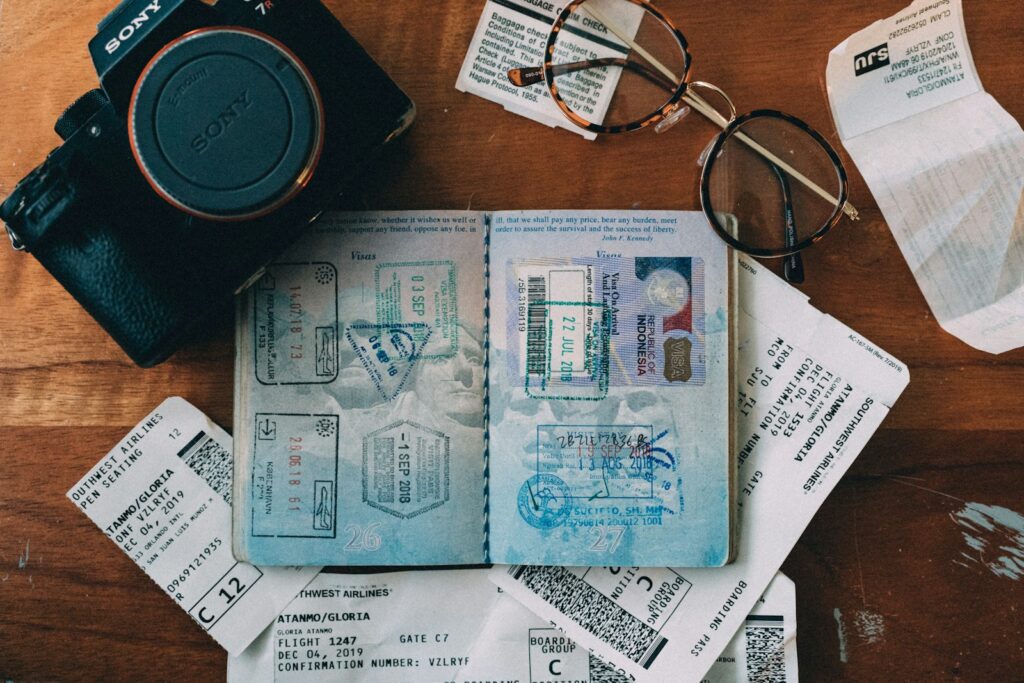
While your passport is the most obvious travel document, several other items require attention well before your departure date. Check if your destination requires a visa and apply with plenty of time to spare, as processing can take weeks or even months for certain countries. Investigate whether you need proof of vaccinations, particularly for regions where diseases like yellow fever are prevalent. Make digital and physical copies of all important documents—passport, visa, driver’s license, travel insurance policy, and accommodation confirmations—and store them separately from the originals. Consider enrolling in your country’s traveler registration program, such as the U.S. State Department’s Smart Traveler Enrollment Program (STEP), which helps the embassy contact you in emergencies. Create a document with emergency contacts, including local embassy information and the contact details for your accommodations, and share it with trusted individuals at home.
Health Preparations: Staying Well During Your Adventure
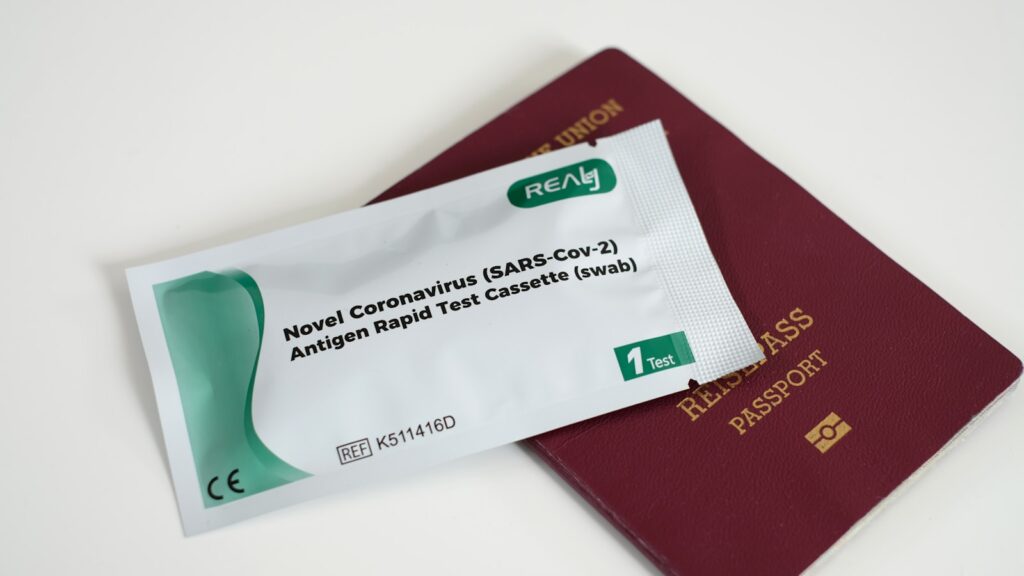
Maintaining good health is crucial for enjoying your international experience, making medical preparation an essential part of your planning process. Schedule a travel consultation with your doctor or a travel medicine specialist at least 2-3 months before departure to discuss required and recommended vaccinations for your destination. Review your health insurance policy to understand what coverage you have abroad, and consider purchasing supplemental travel health insurance to fill any gaps. Pack a well-stocked personal medical kit including prescription medications (in original containers with a copy of your prescription), over-the-counter remedies for common ailments, and first-aid supplies appropriate for your planned activities. Research healthcare facilities at your destination and know how to say basic medical terms in the local language or have a translation app ready. Taking these precautions allows you to address health concerns promptly should they arise, preventing minor issues from derailing your adventure.
Packing Strategies: The Art of Traveling Light

Overpacking is one of the most common mistakes first-time international travelers make, creating unnecessary physical and mental burden during your trip. Start with a comprehensive packing list categorized by essentials, clothing, toiletries, electronics, and documents, then ruthlessly edit it down. The “half and half” rule serves many travelers well: lay out everything you think you need, then remove half the clothes and plan to do laundry, while bringing twice the amount of money you think you’ll need. Invest in quality, versatile items that serve multiple purposes, such as quick-dry clothing that can be washed in a sink and worn again the next day. Consider the specific requirements of your destination’s climate, cultural expectations regarding dress, and the activities you’ve planned. Remember that most destinations have stores where you can purchase anything you truly need but forgot, making it unnecessary to pack for every conceivable scenario.
Technology Tools: Apps and Gadgets That Simplify Travel
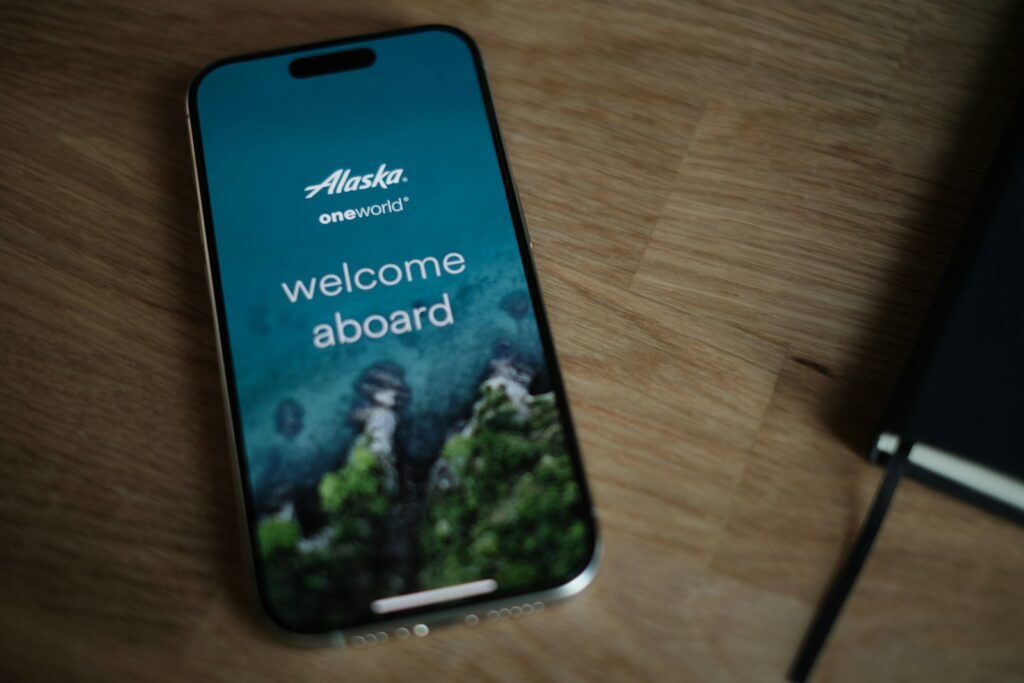
The right technology can dramatically reduce travel stress by putting information and solutions at your fingertips. Before departure, download essential apps like Google Maps with offline areas of your destination, a reliable translation app such as Google Translate, currency converters, and transportation apps specific to your destination. Consider apps like TripIt that organize all your reservations in one place or SafetyWing for travel insurance management. For hardware, a universal power adapter is essential, while portable chargers prevent the anxiety of a dead phone in unfamiliar surroundings. If you’re concerned about connectivity, research international data plans for your phone or consider renting a portable WiFi device. While technology can enhance your travel experience, also prepare backup plans for when technology fails—keep physical copies of important addresses and phone numbers, and don’t rely exclusively on digital payment methods.
Cultural Preparation: Avoiding Faux Pas and Enriching Your Experience

Understanding the cultural norms of your destination not only prevents embarrassing misunderstandings but also enriches your travel experience immeasurably. Dedicate time to learning about local customs, appropriate dress, tipping practices, and basic etiquette regarding topics like photography, temple visits, or dining. Make an effort to learn at least a few phrases in the local language—even basic greetings and expressions of gratitude demonstrate respect and often result in warmer welcomes from locals. Read books, watch films, or listen to podcasts about your destination to develop a deeper appreciation for its history and cultural context before you arrive. Join online forums or social media groups focused on your destination where you can ask specific questions about cultural nuances that guidebooks might miss. This cultural homework transforms you from a mere tourist into a thoughtful traveler, opening doors to more authentic experiences and meaningful connections.
Building Flexibility Into Your Itinerary

A common source of travel stress is the overscheduled itinerary that leaves no room for spontaneity, rest, or inevitable delays. When planning your activities, embrace the “less is more” philosophy by scheduling only one major activity per day, leaving room for unexpected discoveries or simply absorbing the atmosphere of your destination. Build in buffer days with no specific plans, particularly after long travel segments or between destinations. Consider the “rule of thirds” when determining how many places to visit: if you have 9 days, visit a maximum of 3 locations rather than trying to see everything in one trip. Remember that transportation often takes longer than expected in unfamiliar places, so add time buffers between scheduled activities. Creating this breathing room in your schedule allows you to view unexpected changes as part of the adventure rather than stressful disruptions to your plans.
Safety Precautions: Smart Practices for Peace of Mind
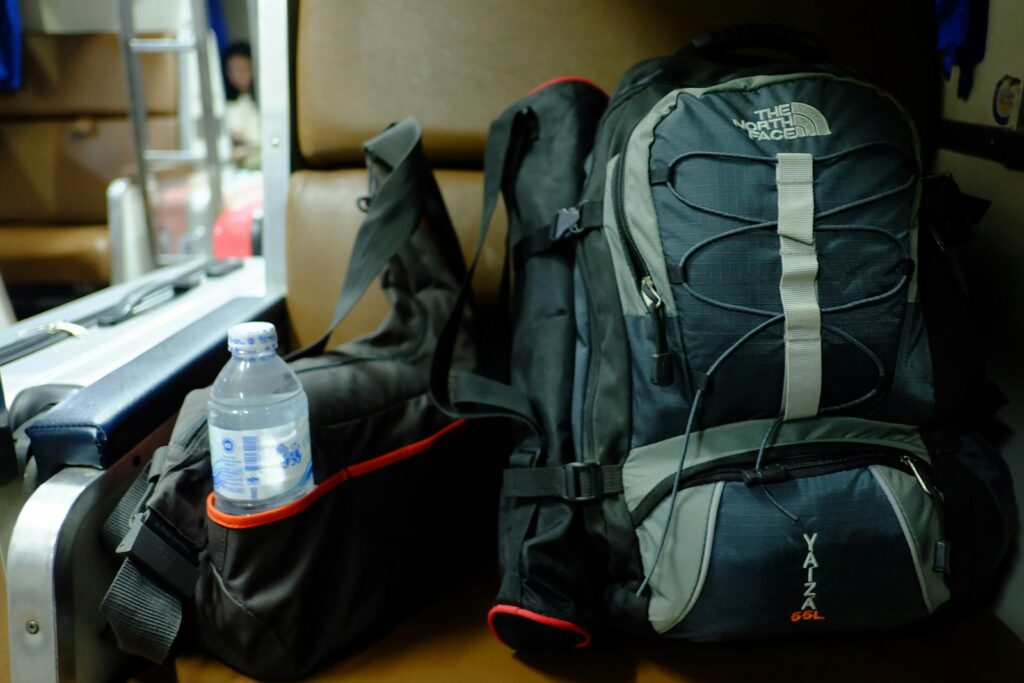
While most international travel experiences are trouble-free, implementing basic safety practices provides confidence and tranquility. Research common scams in your destination and how to avoid them, as foreknowledge is your best defense against tourist-targeted schemes. Consider safety when booking accommodations by reading reviews that specifically mention neighborhood safety and security features. Invest in anti-theft accessories appropriate for your destination, such as slash-proof bags in crowded cities or portable door locks for additional hotel room security. Develop habits that protect your belongings, like dividing cash and cards between different secure locations on your person and using hotel safes for valuables and extra documents. While it’s important to be vigilant, maintain perspective—obsessing over every possible risk can prevent you from enjoying the very experiences you traveled to have.
Transportation Navigation: Getting Around with Confidence
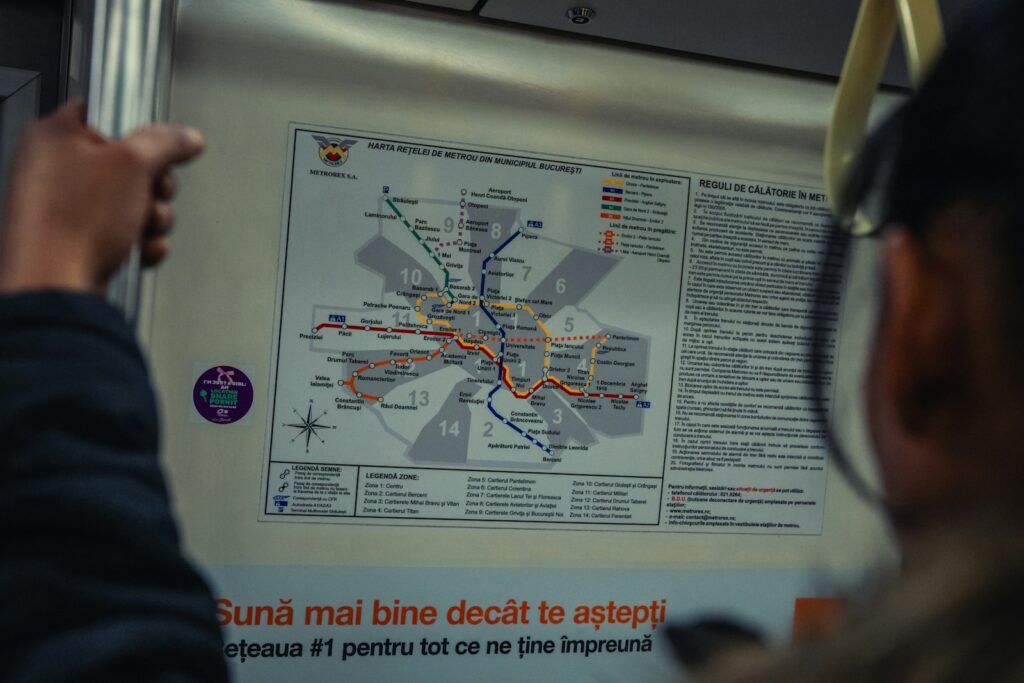
Navigating transportation in a foreign country often creates anxiety for first-time international travelers, but preparation can transform this challenge into an adventure. Research your transportation options from the airport to your accommodation before arrival, as this first journey often sets the tone for your trip. For getting around during your stay, familiarize yourself with public transportation systems through online tutorials or apps specific to your destination’s transit network. Consider purchasing transit passes in advance for major cities with extensive public transportation. If you plan to rent a vehicle, research local driving laws, parking situations, and whether an International Driving Permit is required for your destination. For longer distances within your destination country, compare various options like trains, buses, or domestic flights not just for cost but also for the experience they provide—sometimes a scenic train journey becomes a highlight rather than merely a means of transportation.
Managing Expectations: Embracing the Journey’s Realities

Perhaps the most important preparation for international travel is mental—setting realistic expectations that allow you to embrace the true nature of travel rather than an idealized version. Acknowledge that things will go wrong—missed connections, language misunderstandings, weather disruptions—and decide in advance to view these as part of the adventure rather than failures. Recognize that cultural differences may challenge your comfort zone, from different concepts of personal space to unfamiliar bathroom facilities or meal times. Prepare for the physical realities of travel, such as jet lag, different food affecting your digestion, and the fatigue that comes from constant novelty and sensory stimulation. Remember that the glossy perfection of travel influencers rarely reflects the full reality of international travel, which includes both transcendent moments and mundane challenges. By adjusting your expectations, you free yourself to appreciate the journey in its entirety—both the Instagram-worthy highlights and the growth that comes from navigating the unexpected.
International travel represents one of life’s most enriching opportunities for personal growth and cultural understanding. By breaking the planning process into manageable steps and embracing both the preparation and the inevitable surprises along the way, you transform potential overwhelm into excitement. Remember that millions of travelers have successfully navigated their first overseas adventures before you—with thoughtful planning, an open mind, and a flexible attitude, you’ll join their ranks with stories and perspectives that will enrich your life long after you return home. The world awaits—and you’re now equipped to meet it with confidence.

